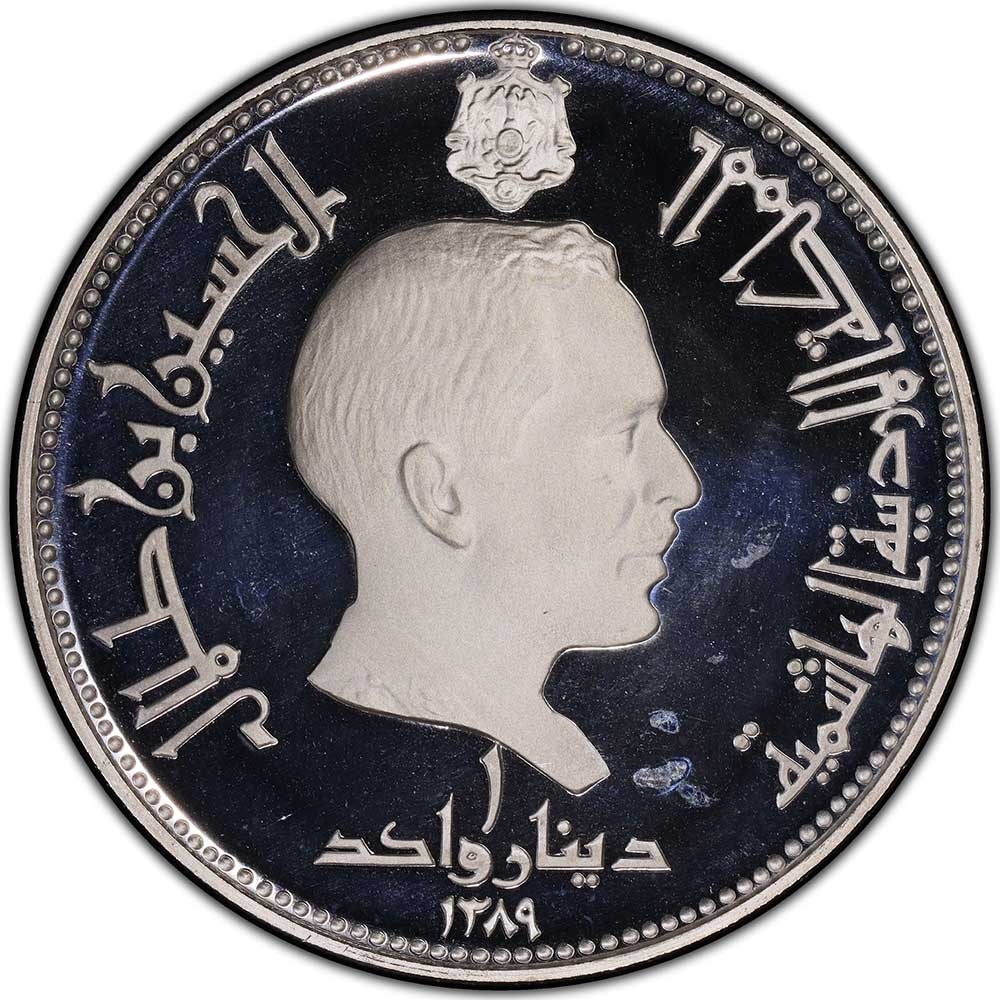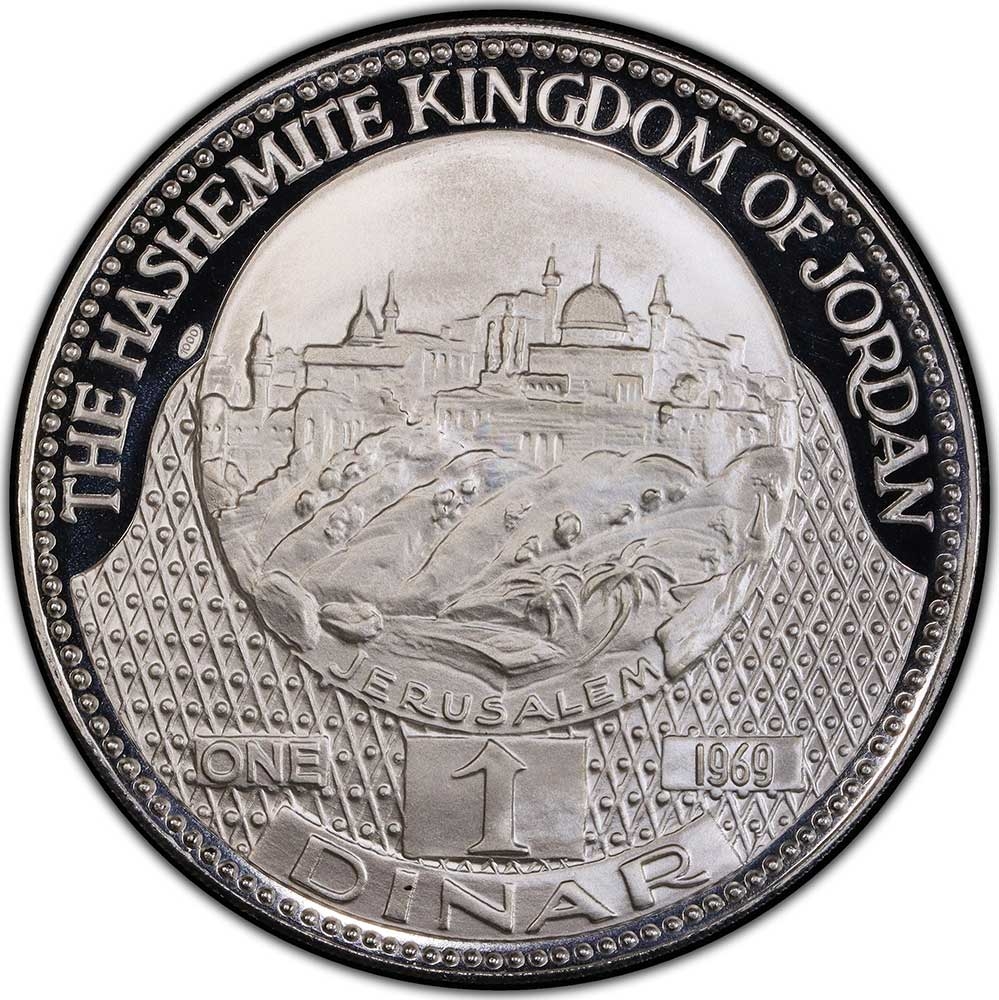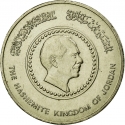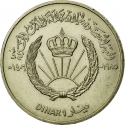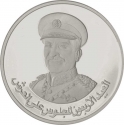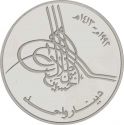You are about to finish your registration. Please check your mailbox (including spam folder). There should be a letter with a confirmation link. Check setting to make sure that your e-mail address is correct.
Send letter againDescription
Jerusalem, situated on a plateau in the Judaean Mountains between the Mediterranean and the Dead Sea, holds ancient significance as a holy city revered by Judaism, Christianity, and Islam. Both Israel and Palestine lay claim to it as their capital, although international recognition of these claims remains limited. Throughout its tumultuous history, Jerusalem has been besieged, captured, and attacked numerous times, with its Old City now divided into quarters reflecting its diverse cultural and religious heritage. Presently, Jerusalem's status remains central to the Israeli-Palestinian conflict, with its annexation by Israel contested by the international community.
Hussein bin Talal (1935–1999) was King of Jordan from the abdication of his father, King Talal, in 1952, until his death. Hussein's rule extended through the Cold War and four decades of Arab–Israeli conflict.
Obverse

|
Depicts a bust of Hussein bin Talal, encircled by the inscriptions "Hussein bin Talal" and "King of the Hashemite Kingdom of Jordan," with the denomination written in Arabic numerals and letters, along with the date in Hijri format below. Positioned above is the coat of arms of Jordan. الحسين بن طلال |
|---|---|
Reverse

|
Depicts a panoramic scene of Jerusalem from the West. Positioned to the left of the Al-Aqsa Mosque is the octagonal Dome of the Rock, while the Church of the Holy Sepulchre stands on the left side of the picture. Below the Church of the Holy Sepulchre, within a circle, is its name, surrounded by the country name above. The value in English numerals and letters, along with the date in the Gregorian calendar, is depicted below, in front of a net design. THE HASHEMITE KINGDOM OF JORDAN |
| Edge |
